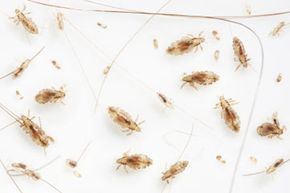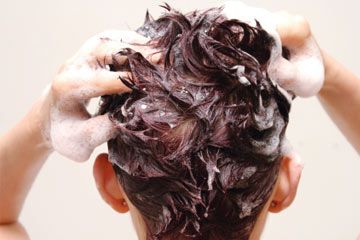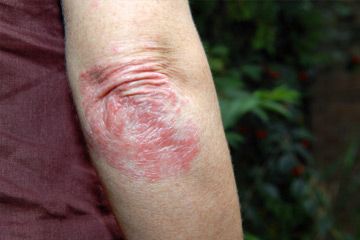If your head starts to itch, there could be several reasons why. You could have a dry scalp. You could be having an allergic reaction to something. Or your head could be infested with tiny parasites that are feeding on your blood. Although the latter case might sound a little terrifying, it's really just an inconvenience, much like dry scalp or an allergic reaction. Those little parasites are called head lice, and aside from making your head itch, they aren't going to cause you any harm. Head lice are also known as Pediculus capitus, and an infestation is commonly referred to as pediculiasis. They're actually quite common, and if you become infested, it's nothing to be embarrassed about.
There are several misconceptions about head lice. For instance, most people think you get them as a result of poor hygiene. It doesn't matter, however, if you're extremely clean; you can still end up with head lice. More often than not, young children are the ones who become infested. They're more likely to pass lice on to their peers through close contact, sharing clothes or any other type of behavior that brings them together in close proximity [source: Perlstein]. Luckily, head lice can't survive long away from a scalp, so the chance of getting them by another means is slim.
Advertisement
If you do end up with head lice, the good news is that the condition is easily treatable. The right shampoo and a little extra care can easily treat your parasite problem. The key is in following the directions. There are also several steps you can take to prevent getting lice in the first place. There are even a few homemade remedies that may be able to take care of the problem. After all, lice were around long before modern medicine -- they've actually been found on the remains of ancient mummies [source: Pollack].
The first step in figuring out whether or not you have lice is identifying the symptoms. Keep reading to find out exactly what they are.
Advertisement


